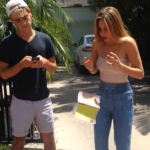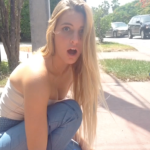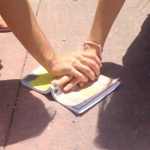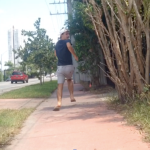You may have noticed in the Activities and Knowledge posts so far use of a few bits and pieces of film terminology. Many of the activities you can do with Vines involve describing these short video clips. So it’s useful to have a working knowledge of a few items of film vocabulary to enable you and your students to do this. This will also make the process of planning and shooting your own Vines a lot easier.
In this post we’re going to take a look at some different shots that you might see in videos.
Let’s look at the love story Vine again.
Among the eight shots that make up this 6-second clip, there are shots that illustrate the following terms really well:
- one/two shot
- close-up, medium shot, long shot
- shot/countershot (or reverse angle)
One/two shot


Put simply, a one shot features one actor in the frame, while a two shot has two actors on camera. Here the one shots take the form of shots from the point of view of each of the characters.
Close-up

A shot where a fairly small object will fill the frame, like the book and the hands in this shot.
Medium shot

A shot in which a medium-sized object will fill the frame, like the top halves of the two characters’ bodies.
Long shot

A shot where a fairly large object will fit easily in the frame, like the entire body of one of the characters as he runs away.
Shot/countershot


This is a way of editing shots together such that the second shot in the sequence shows the exact reverse angle view of the first shot. Hence why this is sometimes referred to as a reverse angle. We can see it in the clip with the shots taken from the point of view of each of the characters.
Webliography
- Durham University School of Modern Languages & Cultures Department of Hispanic Studies, Glossary of film terms, http://community.dur.ac.uk/m.p.thompson/filmterms.htm [accessed 25.04.2015]